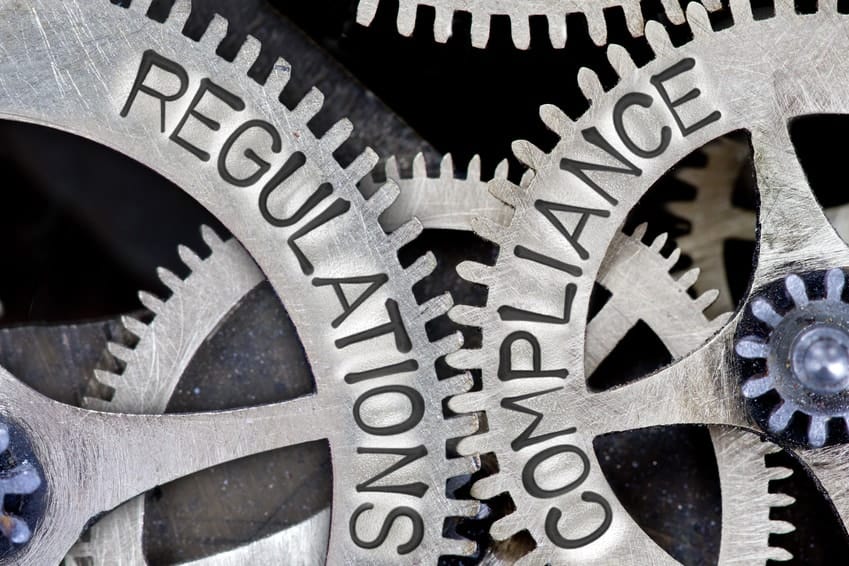The word ‘Risk’ has negative connotations, it speaks to all the things that may go wrong and who in their right mind wants to release that genie! So, it is not surprising that many people are apprehensive about embracing risk and risk management practices. From my experience, quite the opposite is true, embracing and confronting the risks of a project brings many rewards and in so, will set your project on the path to success from inception through to delivery.
Recently Starboard IT worked on a project where risk management was at the forefront of the task.
The project was a datacentre relocation for Fuji Xerox Australia. Datacentre moves are always complex and danger is never far away, however, this project had several ingredients that placed it in the higher band, towards the forehead sweating, pulling at your collar, yanking your tie end of the risk scale:
- FXA hosted many critical services for high profile organisations;
- Short time frame with hard stop delivery dates;
- Time-starved resources that had an operations focus; and
- Several competing companies (6) on the project team.
Maintaining risk management discipline throughout this project not only made it a success but made the journey pleasant.
The 5 risk management disciplines are:
- Identify the high-risk items
Identify-identify-identify!
From the early stages of project planning until the end. Looking for risk is a continuing activity as things are always changing therefore so does risk. Once identified, record the risk item in the project risk register and categorise the risk against likelihood and impact of a risk event happening.
For the FXA project, we identified early in the planning that the relocation of telecommunication lines to be the highest risk and immediately started work to mitigate against this event occurring.
- Manage the risks closely
We have found that high-risk projects are usually associated with immense pressures, so getting on top of the high-risk items will take away the pressures and stresses in your project and the team.
Engrain some simple yet effective activities when managing tasks, such as, assign owners; clearly define your actions, and put a realistic timeframe against tasks. Furthermore, if the risk item is considered high:
- alert the project steering committee immediately. They are there to help you and have a vested interest.
- Make the higher risks visible. Use butchers paper, whiteboard, or whatever works to make the high risks visible to the team.
- Develop Steer Co Trust
More than just getting management agreement, or buy-in as it is often termed, this is about communication and developing trust with the project executive. Although we never met with many of the Steer Co members of Fuji Xerox, this an important relationship to develop and we achieved this through high standards of project reporting, concise email communication, and the project meetings. The results? When we encountered new risk or a risk event occurs, the team rallied quickly and with confidence.
- Meet regularly and remain focused
Take the time to meet regularly. In this project, we met at the start of each day and referred to this meeting as the Daily Stand-up. Meetings provided a way of providing a status update, but more importantly to focus the team on the critical work and a great place to identify risk.
- Strong leadership and decision making
Our project team was made up of many individuals representing 6 competing companies. So, there was a natural push-pull effect as people asserted their opinions and allegiances. Having a person with strong leadership qualities that was authorised to make decisions was paramount.
Maintaining these 5 disciplines is harder than it appears, there are many distractions with larger projects such as a datacentre move.
And in most cases, there is no substitute for experience.
If you’e looking for consultancy services for your next project contact Starboard IT to find out what we can do for you.


